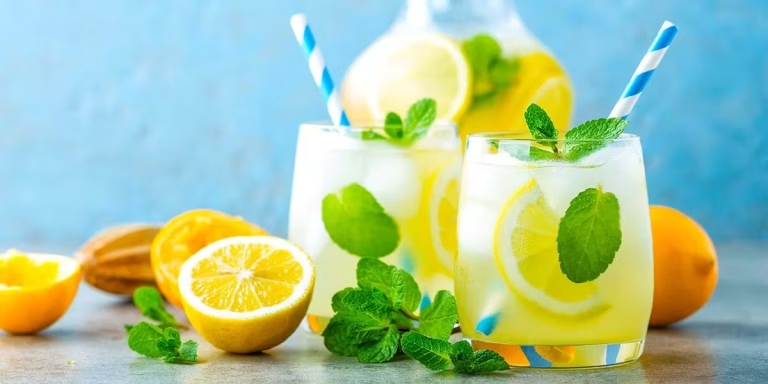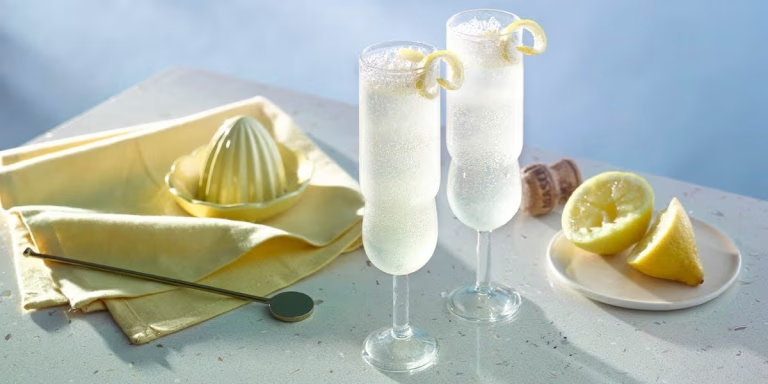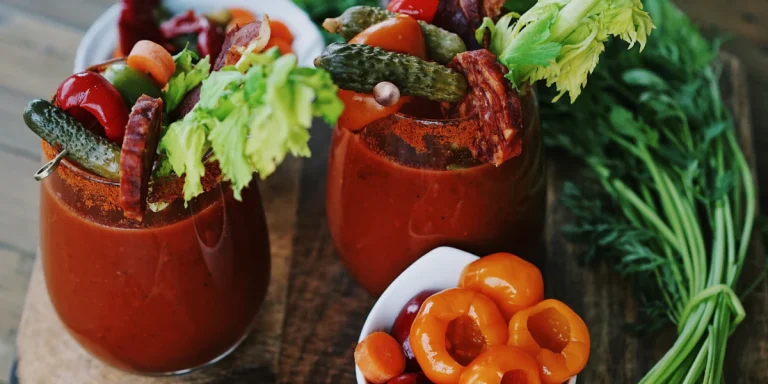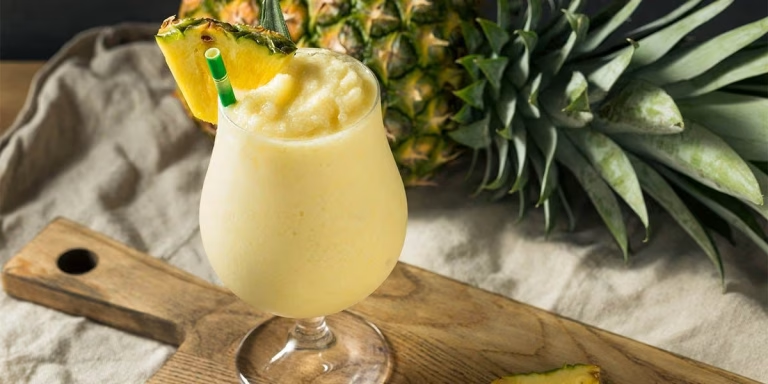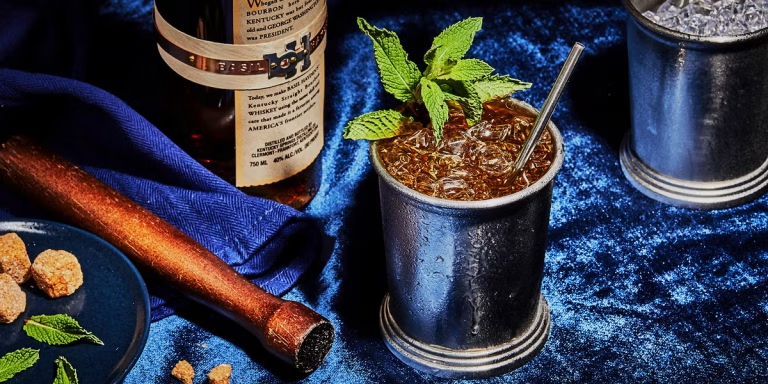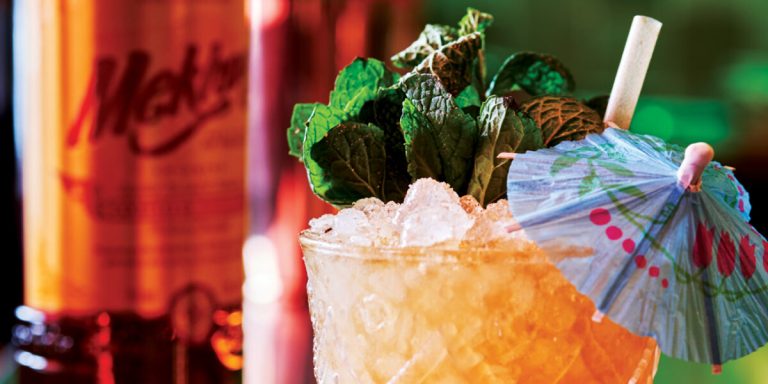The Manhattan Project: Bourbon vs Rye
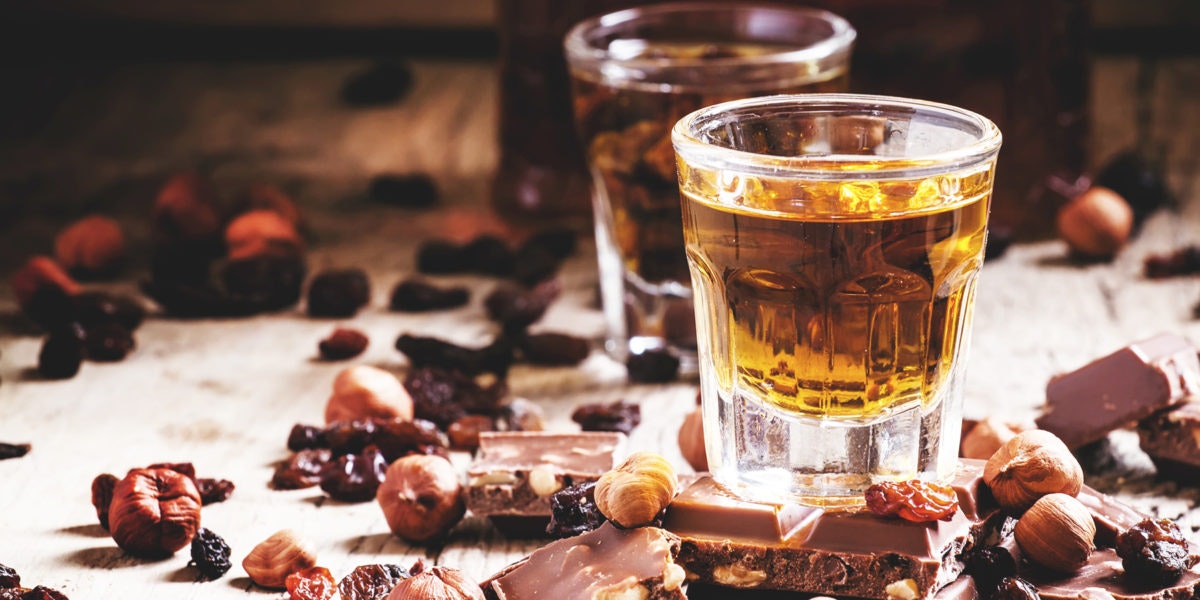
The Manhattan has always been one of those cocktails that carries an aura of timelessness. When I sip one, I feel like I’m holding a piece of cocktail history in my glass, and it is never just about the drink it’s about the story, the balance, and the debate that continues to rage between bourbon and rye. Every bartender I’ve spoken with has an opinion, and every drinker who enjoys this classic has a preference that is rarely up for compromise. The real intrigue comes not from the recipe itself, which is remarkably simple, but from how dramatically the flavor shifts depending on which whiskey forms its base.
The Origins of the Manhattan
The story of the Manhattan goes back to the late 1800s, most famously tied to the Manhattan Club in New York City. Whether or not the cocktail was truly invented there has long been debated, but what’s undeniable is that it quickly became a staple of American cocktail culture. Traditionally, it was rye whiskey that gave the drink its structure. Rye was the dominant whiskey of the time, lending its spicy backbone to contrast with the sweetness of vermouth and the sharpness of bitters. Bourbon only began to edge its way into the spotlight later, as production methods, tastes, and availability shifted.
For me, this history sets the tone whenever I experiment with the cocktail. Making a Manhattan with rye feels like stepping back into the cocktail’s birthplace, while making one with bourbon feels like a nod to how whiskey itself has evolved across America.
Why Rye Whiskey Defines Tradition
When I make a Manhattan with rye, I notice immediately how spice becomes the driving force. Rye has a way of standing tall against the sweet vermouth, pushing back with peppery, herbal, and sometimes almost grassy notes. This creates a Manhattan that feels sharper, more invigorating, and undeniably classic. It reminds me of an era where cocktails were designed to wake up the palate rather than soothe it.
The rye Manhattan carries a dry, slightly bitter edge that makes each sip feel bold. I’ve always admired how it never lets the vermouth dominate but instead strikes a dance between sweetness and spice. When stirred well and garnished with a Luxardo cherry, the result is sophisticated and crisp, with every note carrying through from start to finish.
The Bourbon Variation
Shifting to bourbon, the entire mood of the cocktail transforms. Bourbon, with its corn-heavy mash bill, leans naturally toward sweetness, caramel, and vanilla tones. When used in a Manhattan, bourbon softens the edges, creating a drink that feels rounder, richer, and more approachable. If rye is the sharp suit, bourbon is the velvet jacket.
Whenever I make a bourbon Manhattan, I notice how the vermouth seems to blend into the whiskey rather than stand apart from it. The bitterness of the bitters is cushioned, and the drink becomes almost dessert-like without ever losing its elegance. Some might call this version more modern, but I think it reflects how palates have shifted toward smoother, sweeter spirits over time.
Bitters: The Great Equalizer
Whether I use bourbon or rye, the role of bitters cannot be overstated. Angostura bitters are the standard, but I’ve experimented with orange bitters and even chocolate bitters, each adding a unique dimension. With rye, bitters amplify the spice, making the cocktail bracing and complex. With bourbon, bitters cut through the sweetness, ensuring the drink never tips into cloying territory.
Bitters are where balance is restored, and I’ve found that the right bitters can even make or break the debate. A dash too few, and the cocktail feels limp. A dash too many, and it overpowers. Precision is everything in a Manhattan, and I often think this is what makes the cocktail so enduring it demands care and rewards patience.
Vermouth: The Silent Partner
Vermouth often gets overlooked in the bourbon versus rye debate, but I think it plays the quiet role of peacekeeper. A good sweet vermouth like Carpano Antica or Cocchi Vermouth di Torino can elevate either version of the drink. Rye needs vermouth to smooth out its sharpness, while bourbon needs vermouth to add complexity and avoid becoming one-dimensional.
I once tried a side-by-side tasting using the same vermouth with both bourbon and rye, and the transformation was remarkable. With rye, the vermouth took on a chocolatey depth, almost like a whispered sweetness that never overwhelmed. With bourbon, the vermouth leaned more toward dark fruit, mingling with caramel and vanilla for a luscious sip.
Crafting the Perfect Manhattan
I’ve come to believe that the perfect Manhattan isn’t about whether you use bourbon or rye it’s about intention. Do you want boldness or smoothness? Bite or comfort? My own method has settled into a ritual: two parts whiskey, one part vermouth, two dashes bitters, stirred with care until the glass is frosted, then strained into a chilled coupe with a cherry garnish. The process feels meditative, and no matter which whiskey I choose, it always results in a drink that demands respect.
Personal Tasting Experiments
Over the years, I’ve hosted tastings with friends where we compare bourbon and rye Manhattans side by side. The conversations that follow are as engaging as the drinks themselves. One friend swears by the spiciness of rye, insisting it wakes up the drink. Another prefers bourbon, describing it as smooth and welcoming. For me, I often find my mood dictates my choice. If I’m looking for something crisp and energizing, rye is the answer. If I want comfort in a glass, bourbon always delivers.
I remember one evening in particular when I made both versions using high-end spirits: a rye from WhistlePig and a bourbon from Blanton’s. The room was divided almost evenly, and what struck me most was how each whiskey amplified different aspects of the vermouth and bitters. That night reinforced for me that the Manhattan isn’t just a drink it’s a conversation.
The Debate That Never Ends
The bourbon versus rye debate will likely never be settled, and that’s exactly what makes the Manhattan so fascinating. It’s not about declaring one superior to the other, but about recognizing that each tells a different story. Rye brings the cocktail back to its roots, delivering spice, boldness, and tradition. Bourbon brings warmth, sweetness, and a modern charm. Both are valid, both are delicious, and both deserve their place at the bar.
Why the Manhattan Endures
The Manhattan has lasted well over a century not because it’s rigid, but because it adapts. Every generation reinterprets it, every bartender adds their flair, and every whiskey drinker finds their preference. I think that’s what makes the Manhattan so much more than a recipe it’s an ongoing dialogue between history and taste, between tradition and evolution.
When I raise a glass of Manhattan, whether bourbon-based or rye-based, I feel part of that ongoing story. It’s a cocktail that reminds me how deeply personal taste can be, and how one simple drink can reflect centuries of craftsmanship, culture, and debate.

